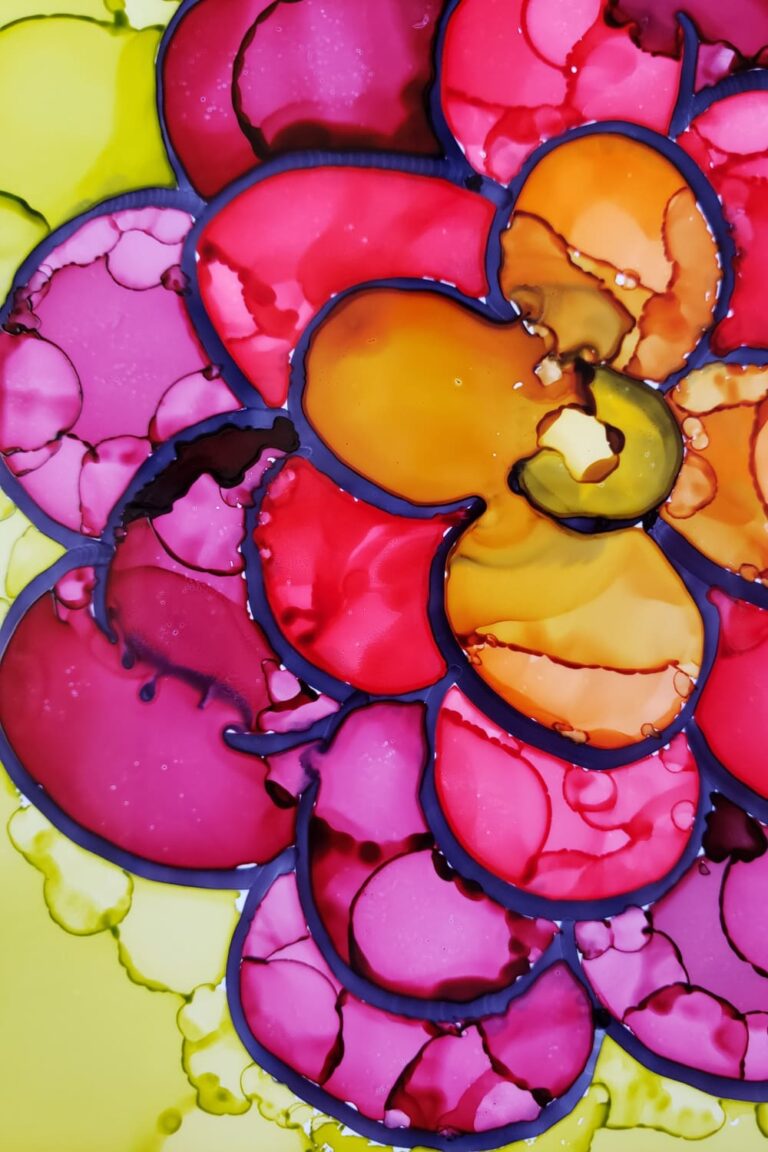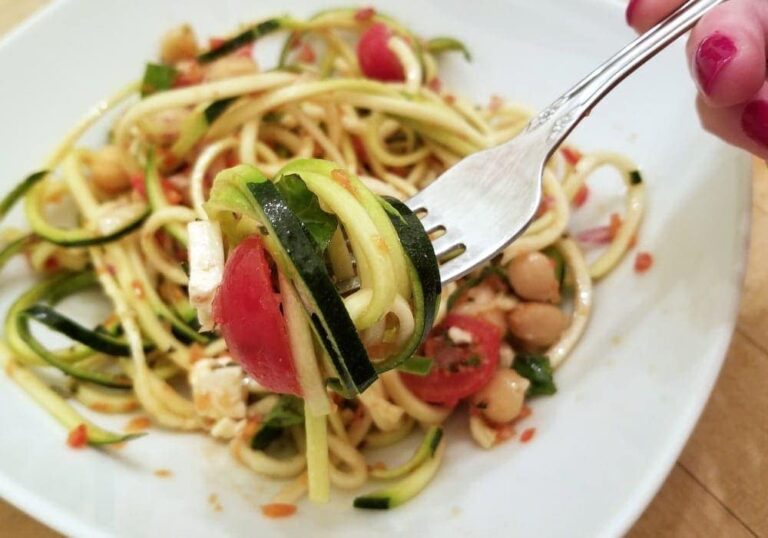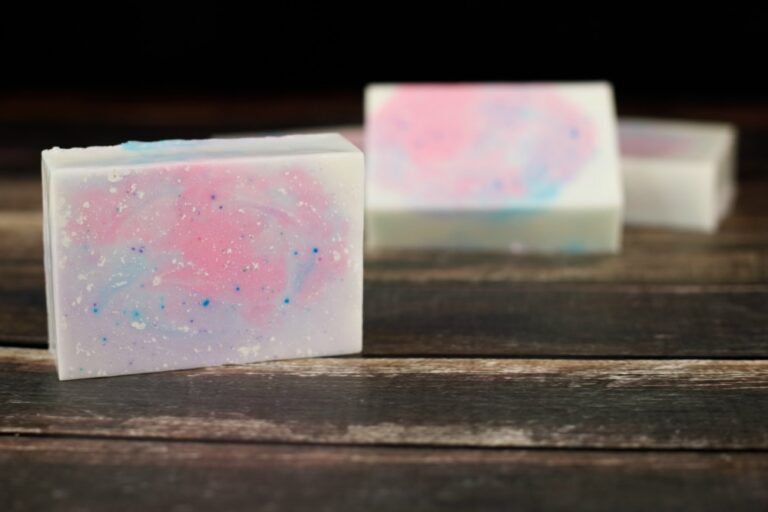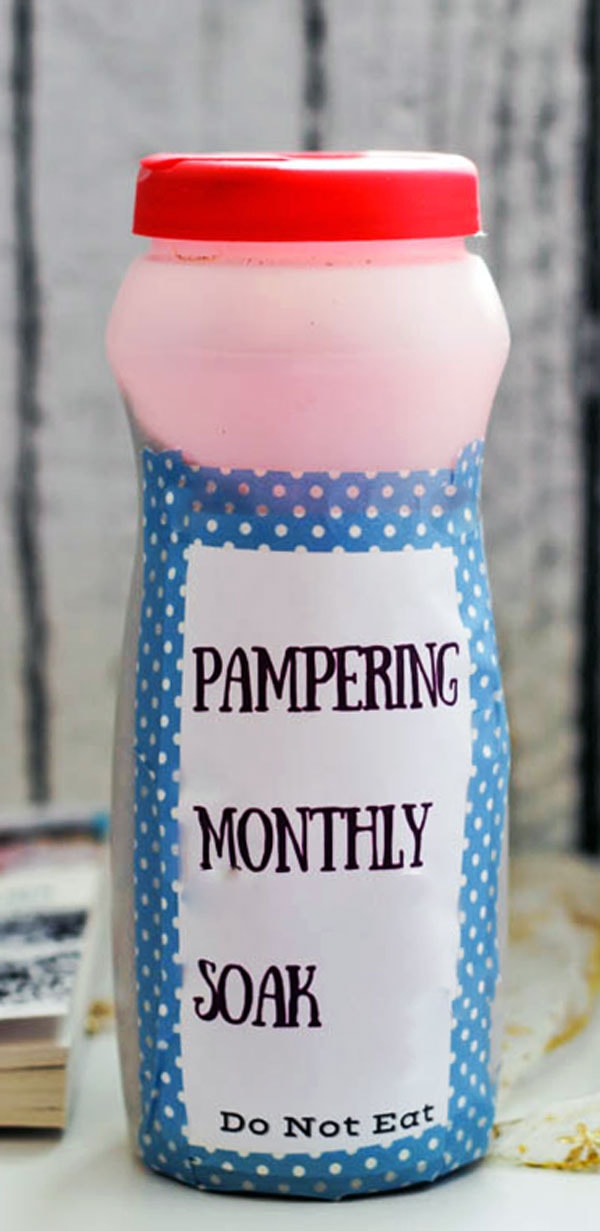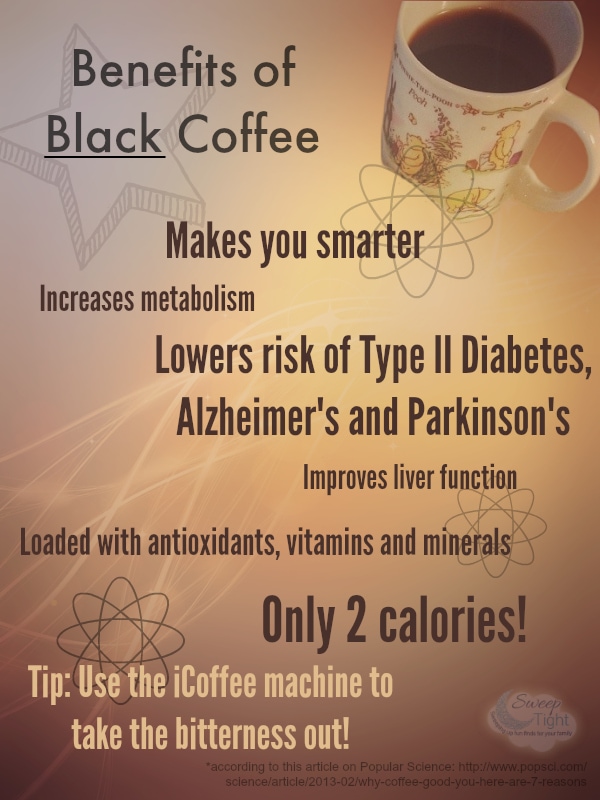The Relationship Between Creativity and Emotional Expression
The Science Behind Creative-Emotional Connection

Emotions remarkably impact our creative minds; nevertheless, a comprehensive mapping of their underlying neural mechanisms remains elusive. Recent research has examined the influence of emotion induction on ideational originality and its associated neural dynamics. Think about it this way – your brain is like a symphony orchestra, and emotions act as the conductor, orchestrating which sections play louder or softer depending on what you’re feeling. Both happy and sad inductions significantly enhanced ideational originality relative to the neutral induction condition, suggesting that any strong emotion, whether positive or negative, can spark our creative fires. Positive emotional states can boost creativity, allowing more ideas to be produced, although not necessarily more original; while negatives help people to produce more ideas when the creative task is considered interesting. It’s fascinating how our brains don’t discriminate between happy or sad feelings when it comes to unleashing creativity – they just need to feel something deeply.
The Brain’s Creative Networks in Emotional States
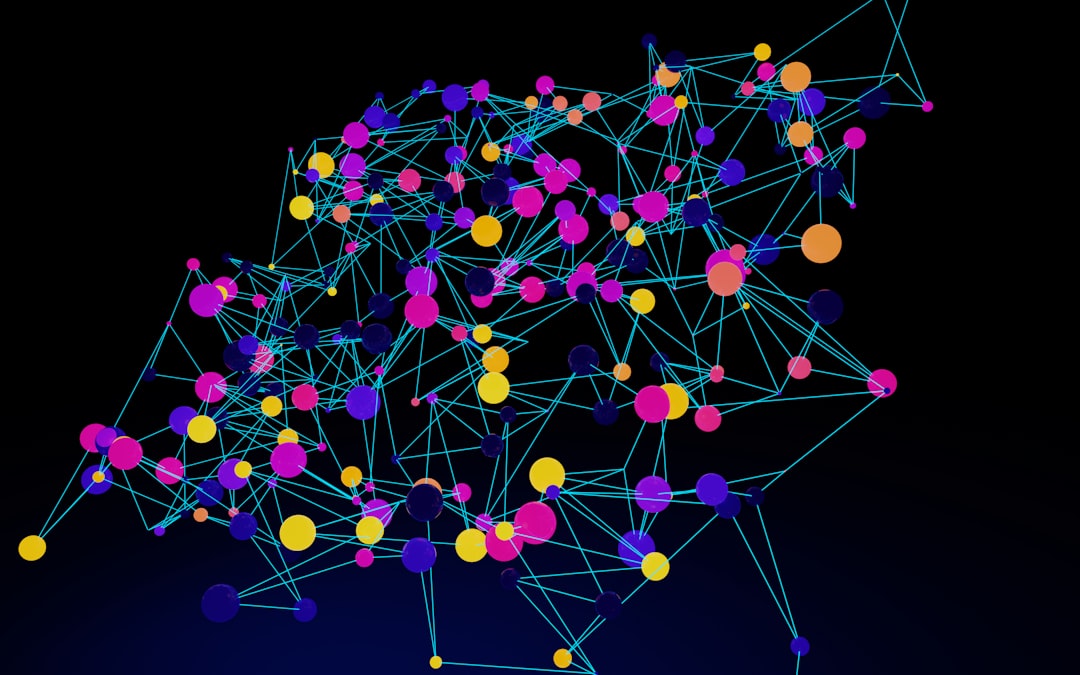
DT engages the default mode and frontoparietal control networks, opposing the visual network, and is linked to dopamine-related neurotransmitters and genes. When you’re creating something meaningful, multiple brain networks spring into action simultaneously. Slow, spontaneous fluctuations in neuronal activity, also known as “resting state” fluctuations, constitute a universal mechanism underlying all facets of human creativity. Support for this hypothesis is derived from experiments that directly link spontaneous fluctuations and verbal creativity. It’s like your brain has this constant background hum of activity that suddenly harmonizes when you’re emotionally engaged in creative work. The neural representation of emotion spans multiple regions and cannot be summarized by the activation of a single structure; however, the study did find that neuronal signatures can be used as biomarkers for emotion regulation. This means creativity isn’t happening in just one spot – it’s a whole-brain party where emotion and creation dance together.
The Therapeutic Power of Emotional Artistic Expression
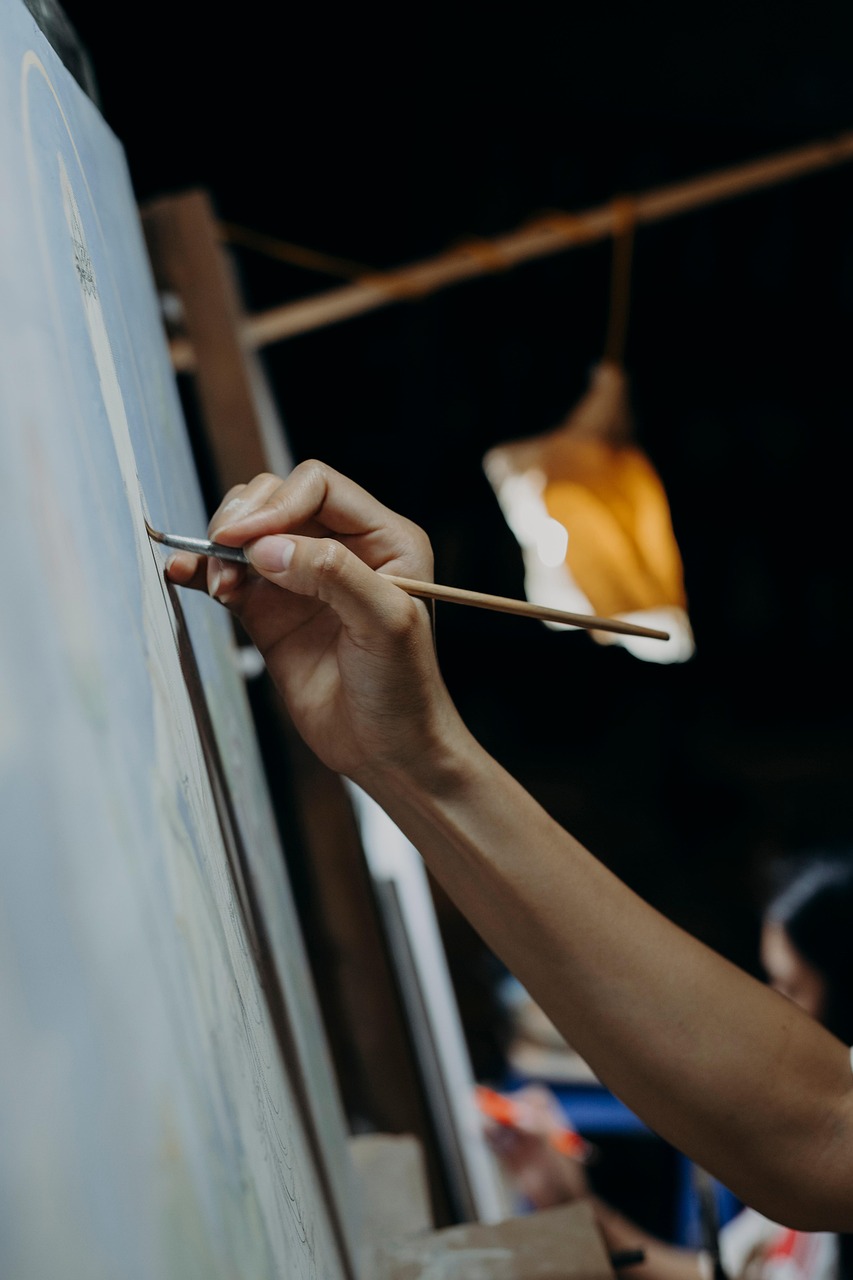
Art therapy is used most commonly to treat mental illnesses and can aid in controlling manifestations correlated with psychosocially challenging behaviours, slowing cognitive decline, and enhancing the quality of life. There’s something almost magical about how putting feelings into visual form can heal us. More than 650 million people worldwide have benefitted, or are benefitting, from this therapy till today. Picture this – someone who can’t find the words to describe their pain picks up a paintbrush and suddenly their emotions have a voice. Art provides a safe and creative space for emotional expression. One of the most difficult aspects of managing emotions is learning how to release them, especially when a person finds it challenging to talk about their experiences and put words to their feelings. Through art therapy, people can find distinct and innovative ways to express themselves and release those emotions. Sometimes our hands know what our minds can’t articulate, and that’s where the real healing begins.
Negative Emotions as Creative Catalysts
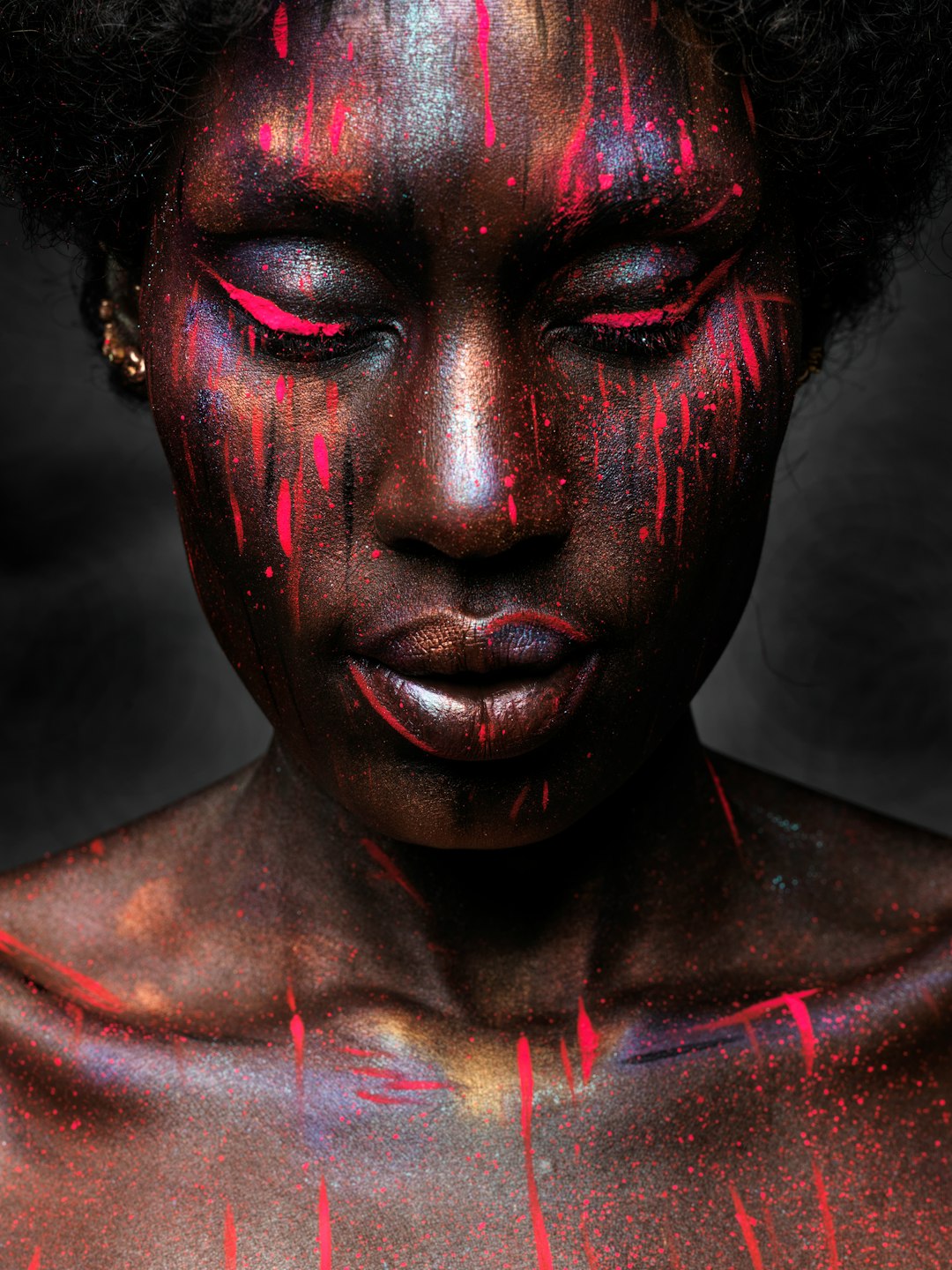
Positive creative achievements are often born of negative emotions: a song inspired from heartbreak, an artwork created amidst frustration, a new idea after anguished failures. This challenges everything we think we know about happiness and creativity. Creative-Being is offered as a dualistic systemic model that is grounded in a Systems Informed Positive Education perspective, encompassing negative emotion as a mechanism to promote both creativity and wellbeing, or creative flourishing. Creative-Being offers fresh insights into the positive transforming power of negative emotion in the creative process. It’s like emotional darkness provides the contrast that makes creative light shine brighter. Think of how many incredible pieces of music, literature, or art were born from heartbreak, loss, or struggle – these intense feelings seem to unlock something profound in our creative minds.
The Role of Memory and Emotional Processing
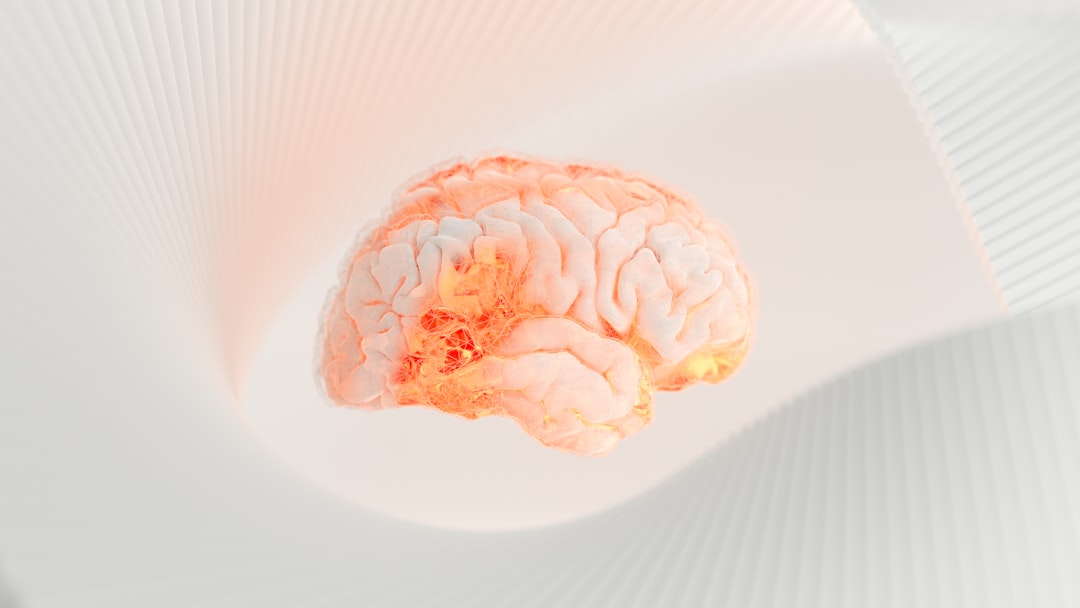
The real magic, however, occurs as the amygdala gets involved – as this is the portion of the brain responsible for emotional processing. This delivers a quick response to emotional stimuli, potentially interacting with the hippocampus to bring memories into the mix. Your emotional memories aren’t just stored away – they’re active participants in your creative process. Humans’ nuanced interpretations of artwork are directed by the prefrontal cortex, which is responsible for executive function. This structure can integrate information from several regions of the brain to help form judgments about the deeper meaning of any given piece. It’s like your brain has this incredible filing system where emotional experiences get cross-referenced with creative possibilities, allowing you to draw from a rich library of feelings to fuel your artistic expression. When you create something, you’re not just making art – you’re processing years of emotional experiences and transforming them into something new.
Cultural and Individual Variations in Creative Expression
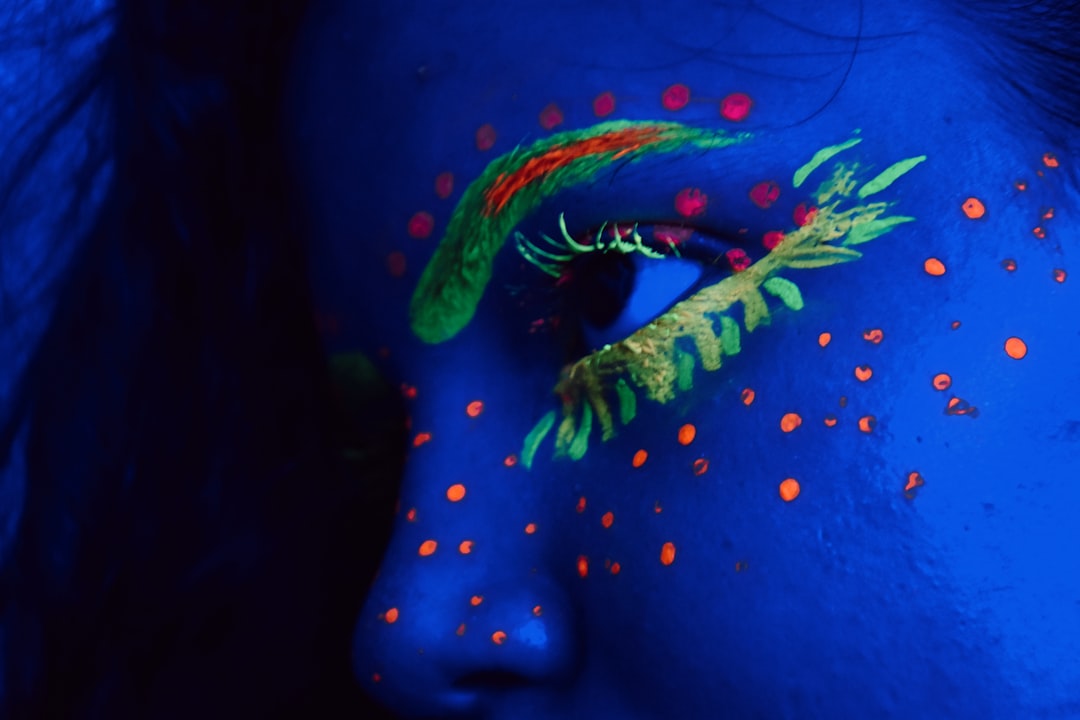
In educational centers, artistic thinking tends to enhance the imagination and creativity of the student, so that the arts help them develop expressiveness and the ability to connect with their environment. The emotional creativity revealed in the educational stage assumes that the artistic skills acquired will act as a competitive advantage over those students who did not develop them during their academic process. Not everyone expresses emotions creatively in the same way, and that’s beautifully human. Participants predominantly chose red for anger (57.43%), black for fear (38.14%), gray and blue for sadness (27.86%, 27.83%), green for calm – these color-emotion associations show how our cultural backgrounds shape how we express feelings through creative means. Some people might pour their heartbreak into a painting, while others write poetry or compose music. The fascinating part is that despite these individual differences, the underlying brain mechanisms connecting emotion to creativity remain remarkably similar across cultures and personalities.
Stress Reduction and Emotional Regulation Through Creativity
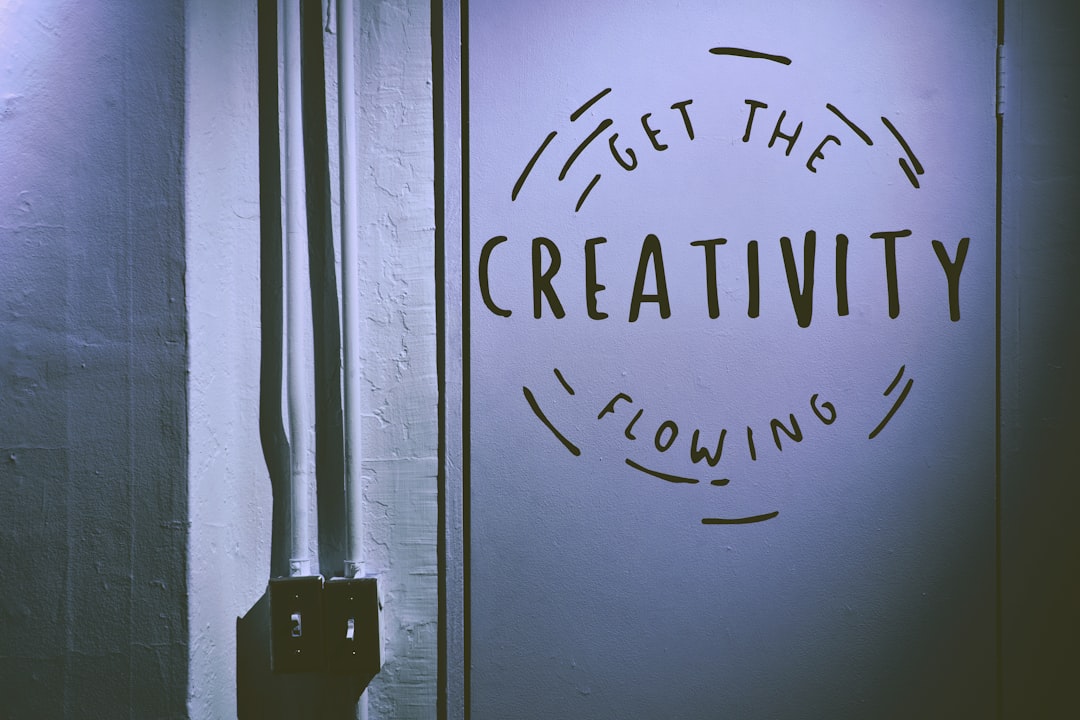
The new study reveals that emotion regulation, also known in neuroscience as “reappraisal,” involves particular areas of the anterior prefrontal cortex and other higher-level cortical hierarchies. These regions are involved in other high-level cognitive functions and are important for abstract thought and long-term representations of the future. The more people are able to activate these emotion regulation-selective brain regions, the more resilient they are to experiencing something negative without letting it affect them personally. Creative activities literally rewire how we handle stress and difficult emotions. Studies and research findings highlight the effectiveness of art making in reducing stress and its positive impact on mental and physical well-being. By focusing on the process of creating art, individuals can experience a sense of accomplishment and emotional release, which can be incredibly beneficial for their overall health. It’s like creativity gives your brain a pressure valve – instead of bottling up intense feelings, you can channel them into something productive and healing.
The Neurochemistry of Creative Emotional Expression
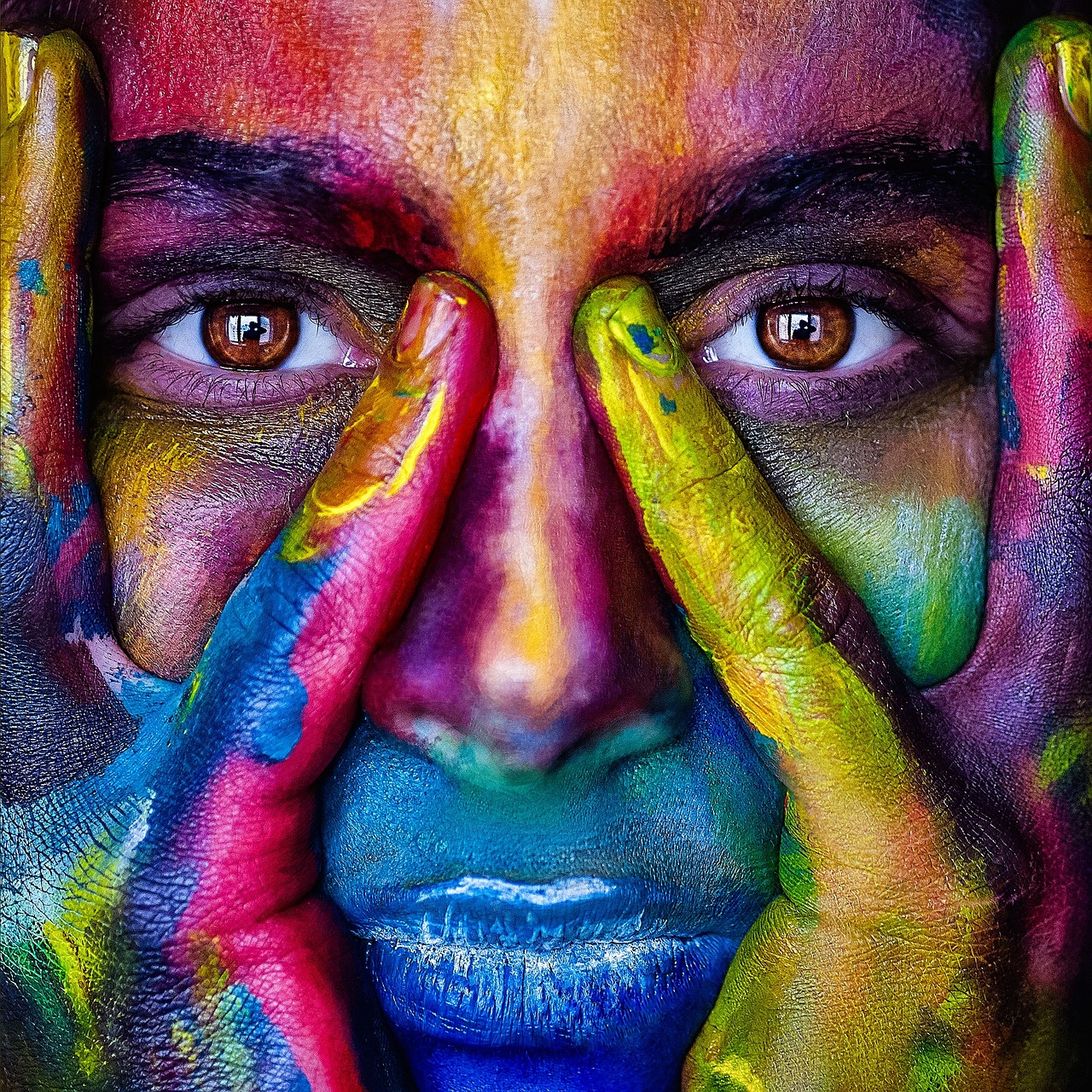
Receptors for cannabinoids, opioids, and serotonin, including 5H2A, were especially rich in areas that are involved in emotion regulation. When drugs that bind to these receptors are taken, they are preferentially affecting the emotion regulation system, which raises questions about their potential for long-term effects on our capacity to self-regulate. Your brain has its own natural pharmacy that gets activated when you’re creatively expressing emotions. According to Csikszentmihalyi’s Flow theory, positive emotional states are believed to enhance creativity and allow for deeper connections in artistic production, pointing to how certain brain chemicals create that wonderful feeling of being “in the zone” while creating. When you’re deeply engaged in creative work that resonates emotionally, your brain releases a cocktail of feel-good chemicals that not only make the experience enjoyable but also strengthen the neural pathways connecting emotion and creativity. It’s your body’s way of rewarding you for processing feelings in healthy, constructive ways.
Technology and Measuring Creative-Emotional Connections

Thanks to recent technological advancements, we are finally beginning to understand not only which parts of the brain are influenced by visual art but also the mechanisms that allow such a transformative experience to occur. Electroencephalogram (EEG) monitors, for example, can provide powerful insight into brain activity, all while revealing how various visual stimuli engage distinct regions of the brain. We’re living in an exciting time where science can actually peek inside our brains while we’re being creative. There are preliminary studies exploring the physiological effects of art making and art therapy using quantitative EEG recordings, measurements of salivary cortisol, and brain imaging techniques such as fNIRS and fMRI to measure physiological responses to art making and art therapy. Imagine having a real-time window into your brain while you’re painting your feelings or writing emotionally charged poetry. These technologies are revealing the intricate dance between our emotional and creative centers, showing us that what artists have always known intuitively – that emotions fuel creativity – is actually happening at a measurable, biological level.
Creative Expression Across Different Age Groups
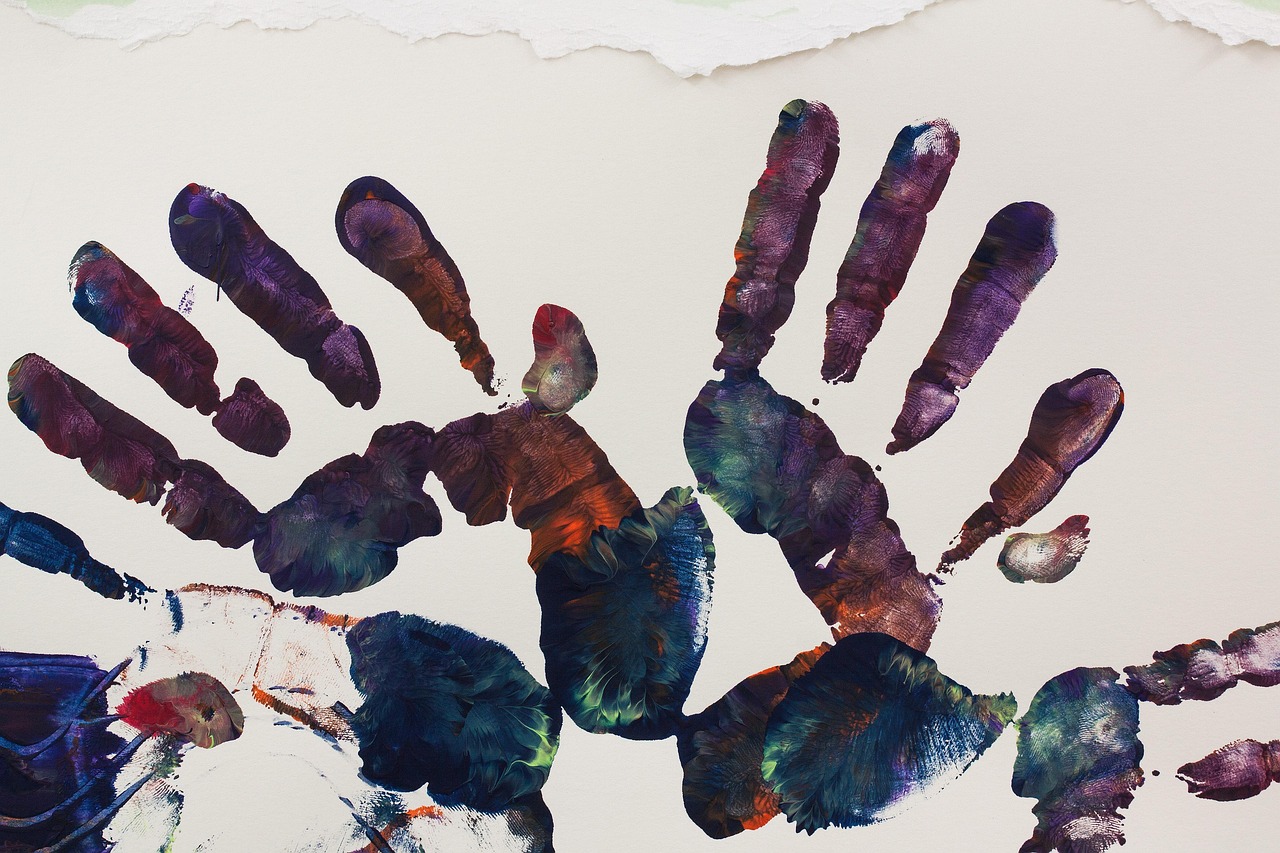
Young children who have experienced traumatic events benefit from art therapy as an outlet for their emotions, particularly when they may not have the words to express them. Art therapy for children also allows the provider to develop a better understanding of their client and their needs. From toddlers scribbling with crayons to seniors painting landscapes, creative emotional expression changes throughout our lives but never loses its power. Elderly people are at a higher risk of cognitive decline, and art therapy can help them improve and restore cognitive function. What’s beautiful is how creativity adapts to our developmental stages – a three-year-old might express anger through wild brushstrokes, while a teenager might write poetry about first heartbreak. In a new study, we found art therapy was linked to positive outcomes for children and adolescents in a hospital-based mental health unit. At every age, there’s something profound about translating what we feel inside into something external and tangible that others can see and understand.
The Social Dimension of Creative Emotional Expression
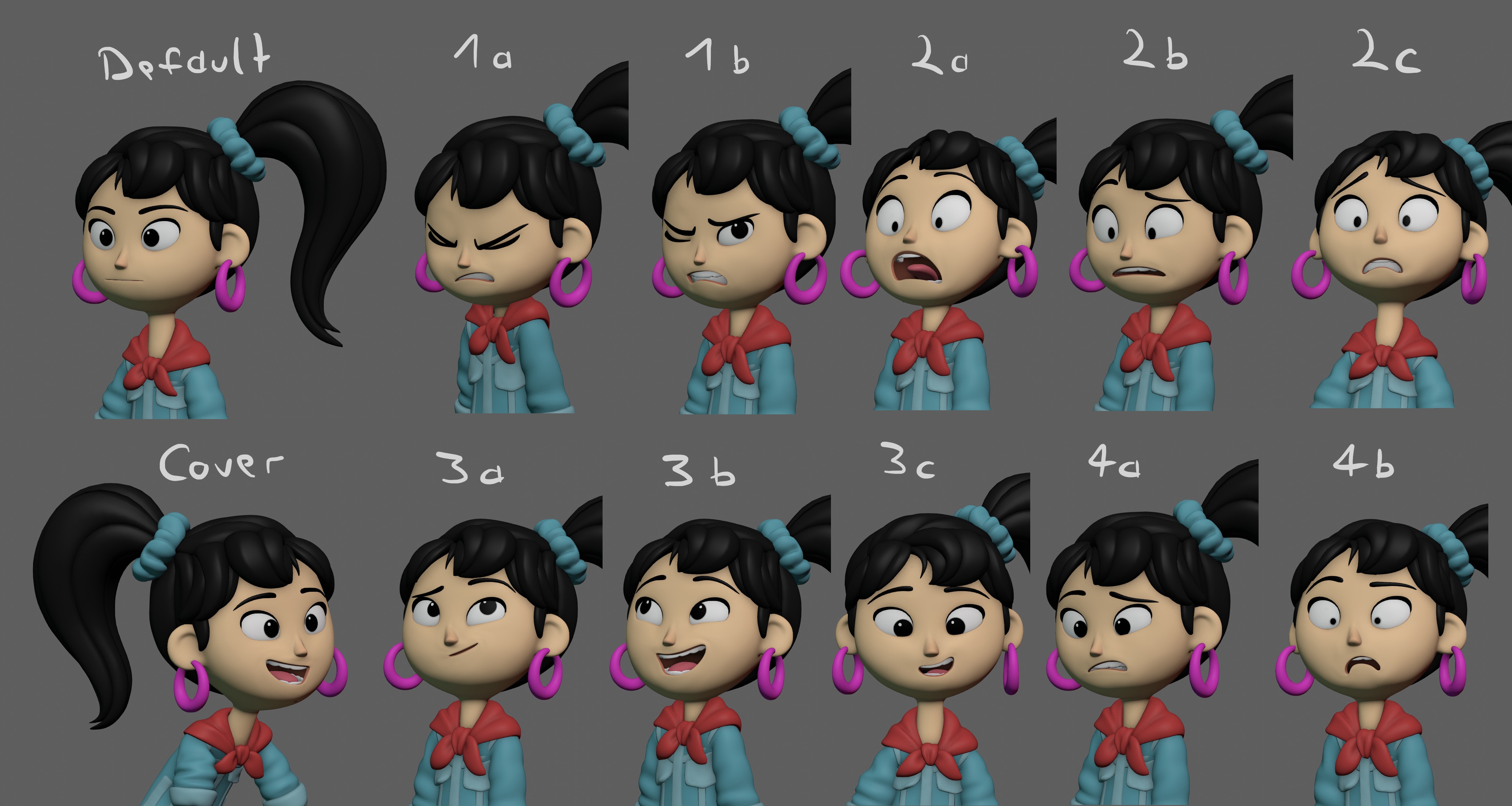
Neuroaesthetics has a philosophical element, examining the cultural and social contexts that underscore the process of perceiving and interpreting art. When we create from an emotional place, we’re not just expressing our individual feelings – we’re tapping into universal human experiences that connect us to others. It has been linked to benefits including improved self-awareness, social connection and emotional regulation, while lowering levels of distress, anxiety and even pain scores. Think about how a song about loneliness can make you feel less alone, or how a painting about joy can lift your spirits. Art and artistic creation serve as a means for artists to communicate with their environment, society, and the external world. The protection of artistic creations, as forms of communication, serves as a crucial safeguard that nurtures them during the creative process. Creative emotional expression becomes a bridge between our inner world and the shared human experience, allowing us to say “I feel this way too” without ever speaking a word.
Future Directions in Understanding Creativity and Emotion
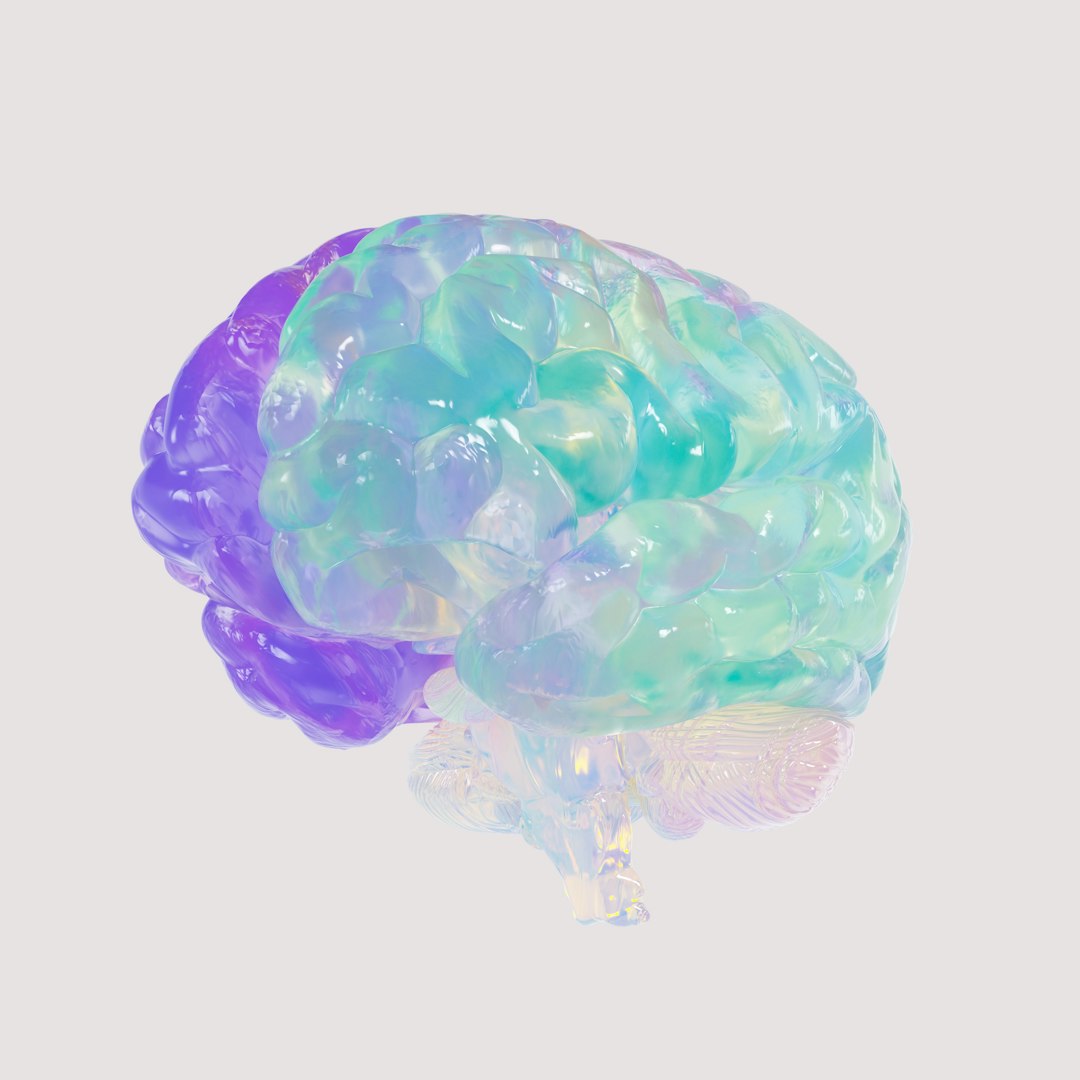
SfNC 2025’s theme, Creativity & Changing Brains, will investigate how creativity both drives and is driven by changes in the brain, whether those changes occur in clinical, developmental, or everyday contexts. A half-day talk symposium and panel discussion on advances in research on Creativity and Artificial Intelligence indicates how this field is rapidly evolving. We’re gathering visionary ideas – big or small – that could make a big impact and inspire new directions in creativity research or its applications in education, the arts, AI, management, mental health, and beyond. The future holds incredible possibilities for understanding how our emotions and creativity intertwine. Understanding how therapeutic change occurs can result in improved treatment and better outcomes for clients. As we develop better technologies and research methods, we’ll likely discover even more sophisticated ways to harness the power of creative emotional expression for healing, learning, and personal growth. The journey of understanding this beautiful connection between what we feel and what we create has only just begun.
The relationship between creativity and emotional expression isn’t just an abstract concept studied in laboratories – it’s a living, breathing part of what makes us human. Whether you’re doodling in the margins during a stressful meeting or creating a masterpiece that moves thousands of people, you’re participating in one of our species’ most remarkable abilities: transforming the invisible world of feelings into something visible, tangible, and shared. What will you create from your emotions today?

